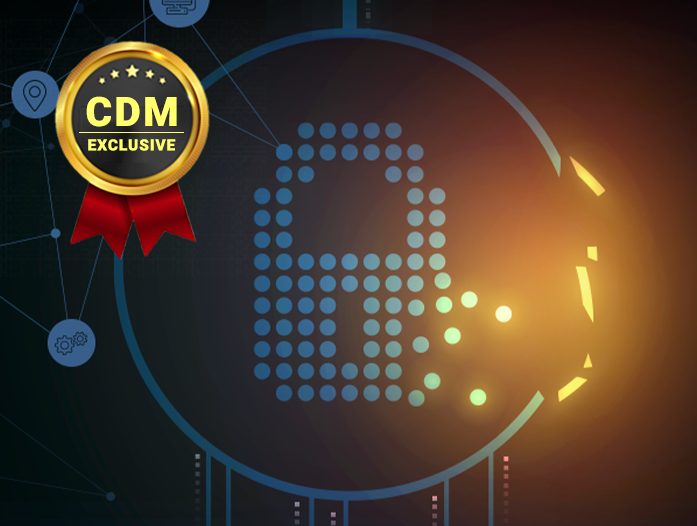By Gal Helemski, Co-Founder and CTO, PlainID
As the world continues to enter into virtual spaces, the use of identity and access management, or IAM, is ultimately a requirement for participating organizations. In particular, the need for smart technology that manages who can access what and when is at high demand within the healthcare industry.
Many healthcare organizations are using their IAM systems to address their ongoing complex compliance requirements, combat persistent cybersecurity threats, and securely share medical records with patients and within the healthcare network. This balancing act often leaves healthcare providers with a series of obstacles during critical circumstances.
While these obstacles aren’t new to healthcare organizations, it doesn’t mean that the IAM systems in place are equipped to solve each issue. A few factors that test the functionality and efficiency of these systems are:
Compliance Complexities and Digital Data
Complexities within the compliance landscape continue to change course due to code updates resulting in new requirements. Healthcare-specific compliance frameworks like HIPAA require healthcare organizations to manage digital data so that it aligns with the newer data privacy laws, like the EU’s General Data Protection Regulation (GDPR) and the California Privacy Rights Act (CPRA). Increasing complexities regarding how medical information and data is applied have placed additional responsibilities on healthcare providers to respond with efficiency.
Consumer Expectations
Consumers expect information regarding their health to be delivered with a certain level of sensitivity and transparency. Privacy concerns can be expected in relation to health data, but consumers are also looking to be handled with the same special care that exists between a healthcare provider and patient. The need for open communication about personal health information is why Gartner recommends healthcare organizations develop “strategies for notification, communication and minimizing the amount of data collected and retained.”
Data’s Lifetime Impact
The impact of valuable data isn’t lost on healthcare organizations, but the challenge they face is how to use data for future use. While leaders in the healthcare space recognize the significance of data as a critical resource, stakeholders can run into issues in accessing and adequately leveraging it. Creating an intentional use for data over a period of time can be challenging due to the difficulty of sharing data securely and efficiently. This is especially true when it comes to sharing patient medical information.
Security Threats
As part of the digital landscape, the healthcare industry isn’t foreign to cyberattacks, especially those caused by ineffective data management and access controls. Health facilities are frequently using massive databases to accommodate health providers and patients. As facilities continue to exchange these databases, there is a growing need for data access controls to provide intuitive authentication methods to give the right personnel access to the right information.
Ultimately, policy-based access control (PBAC) can provide healthcare organizations with the proper solutions to address these issues. Using a dynamic and policy-based access control system creates an environment for healthcare organizations to address each factor from a more holistic perspective.
A holistic approach enables the type of scalable functionality needed for modern healthcare organizations to build success. Policy-based access control streamlines access control for healthcare data, making it easier for healthcare providers to align technical controls with business requirements.
By delivering dynamic authorizations that are controlled by a centralized PBAC, healthcare organizations can establish a solution that delegates governance, management and enforcement of the right controls at the right time. More specifically, through granular access control policies, healthcare providers can share medical information to individual patients while providing the same information with their organization based on certification level.
Overall, the obstacles healthcare organizations and their providers face to deliver effective care will persist. Confusing compliance mandates, proper data research and security threats will always remain, along with the demand for healthcare to become more accessible and digital-friendly. But there are ways to address the fine-grained needs of healthcare organizations while maintaining the necessary security and risk requirements.
While many healthcare organizations using identity and access management systems seem to be a step ahead, they may not be positioned to share vital information across their network. Leading with policy-based access control technology is the best way for the healthcare industry to manage data in the most efficient and secure way. The power of using dynamic authorization enables decision-makers to set meaningful and efficient access controls policies.
About the Author
 Gal Helemski is co-founder and CTO/CPO at PlainID and a highly recognized and acclaimed cyber security expert. She plays a key role at PlainID as a strategic leader, visionary and evangelist while overseeing product development, including leading the product architecture, strategy and engineering teams.
Gal Helemski is co-founder and CTO/CPO at PlainID and a highly recognized and acclaimed cyber security expert. She plays a key role at PlainID as a strategic leader, visionary and evangelist while overseeing product development, including leading the product architecture, strategy and engineering teams.
During the last 20+ years, Gal has defined solutions for customers and created and defined project specs, technical documentation, presentations and training focused on identity and access management. As an early member of the CyberArk team, Gal has been extremely influential in the identity space for most of her career. She earned a bachelor of science degree in physics and computer science from Bar-Ilan University after serving six years in the Israeli Defense Force’s prestigious Mamram computing unit.


